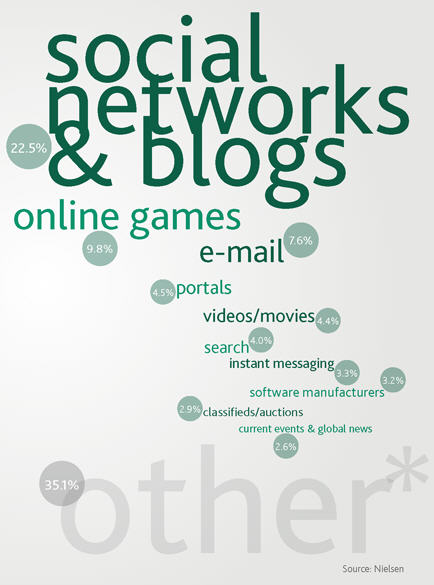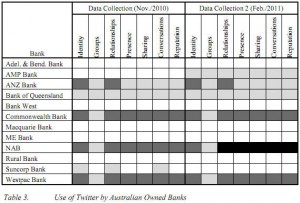Creating social TV: lessons along the way
I recently wrote about social and participative TV, as one of the important aspects of how TV as we currently know it will evolve.
Of course, this is not to say that all TV will become social. A key characteristic of the TV format is that it is passive, and that is what many people are looking for. Part of what we need to learn is not just what the mechanisms of effective social TV are, but in what situations it works well. While the term ‘social TV’ is becoming commonly used to refer to a variety of initiatives, I distinguish between social TV as focused on a shared viewing experience, and participative TV which is about viewers contributing to the program itself.
In this context, local TV station KOMU in Columbia, Missouri has recently created an hour-long participative TV show hosted by Sarah Hill. Here is the program preview:
TVNewsCheck has a detailed review of this and similar initiatives, saying:
Read more →


